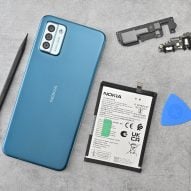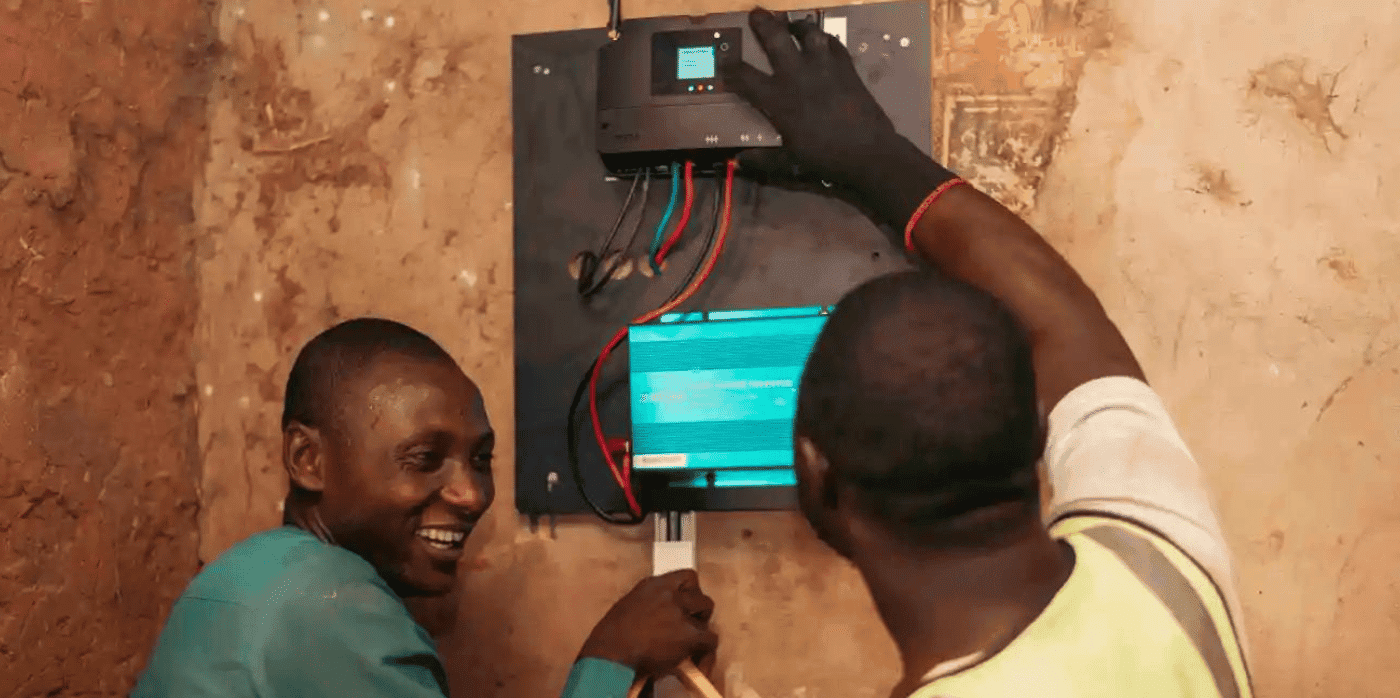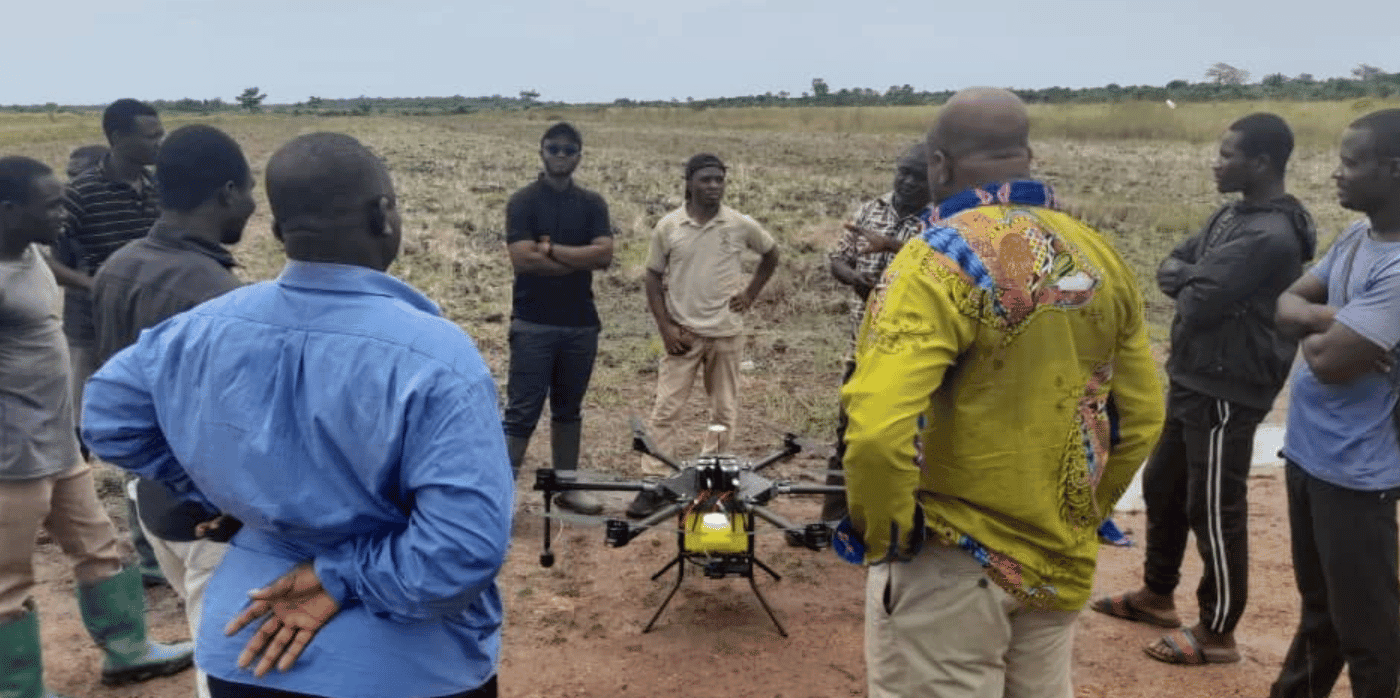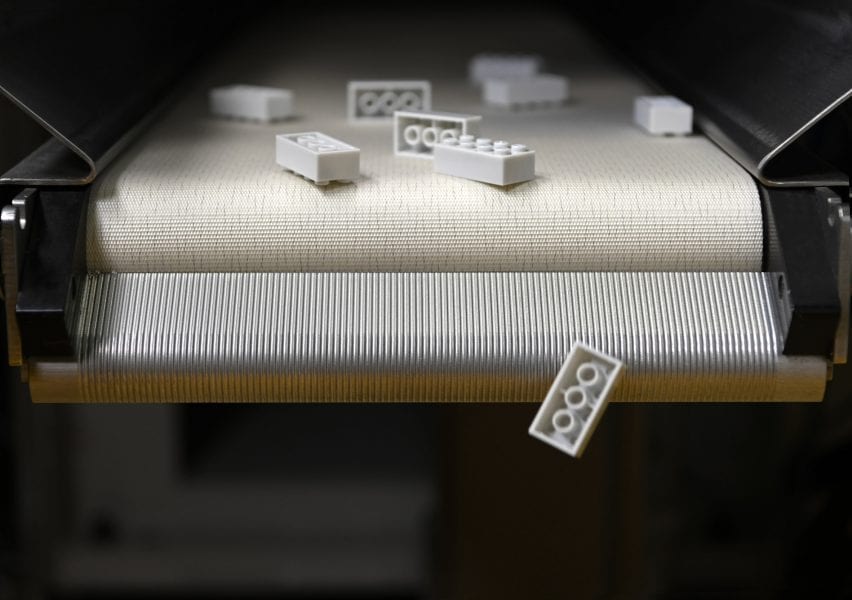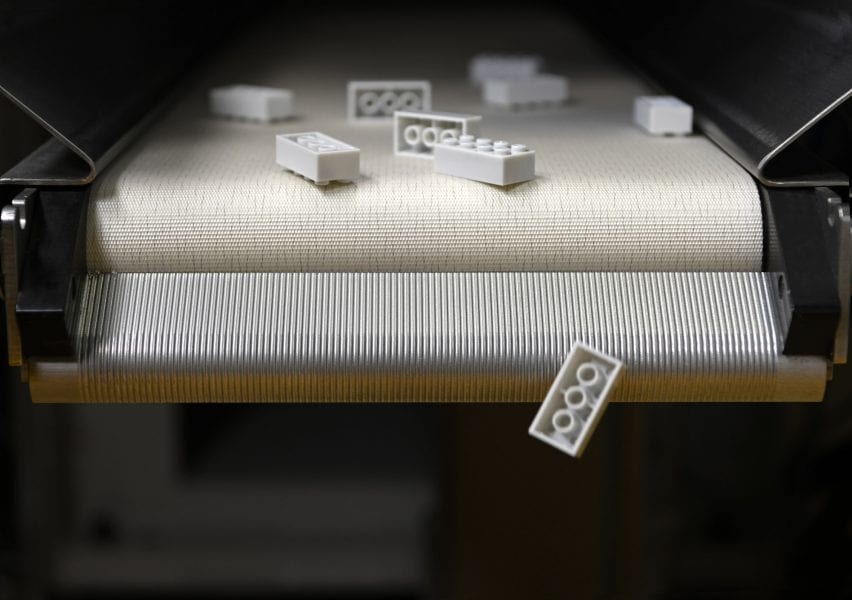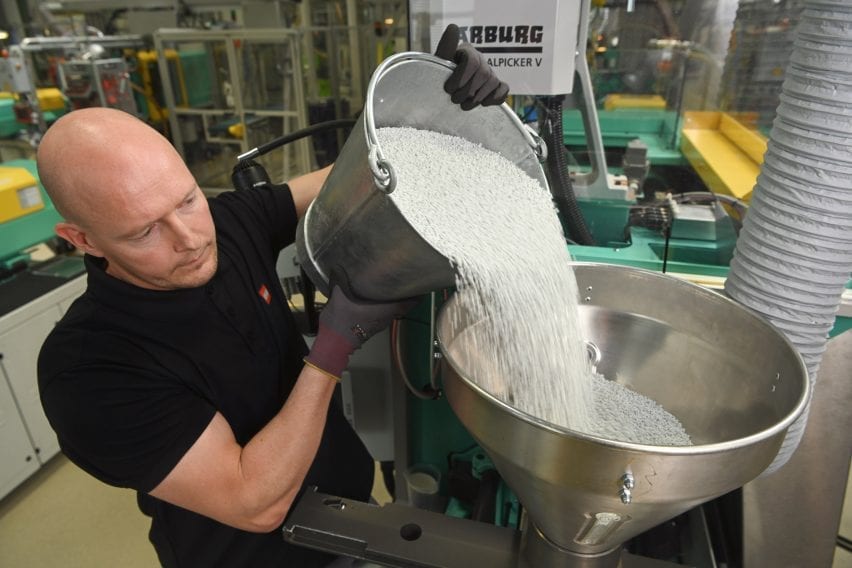The design industry needs to let go of its obsession with the new
If design is about solving problems we need to start questioning whether new products and furniture are always the answer, writes Katie Treggiden.
“What’s new?” is often the first question a journalist asks of a design brand when stepping onto their stand at a trade show or beginning an interview.
Annual stylistic tweaks have driven unnecessary upgrades to cars since the concept was introduced by General Motors in 1923. The emergence of pre-packaged food and disposable drinks bottles in the mid-20th century enabled people to buy instead of make, replace instead of repair, and reclassify objects and materials as waste, rather than holding on to them as resources. This made ordinary people feel rich, fuelling an insatiable desire for the new.
There has already been a real shift towards designers using waste or “second-life” materials
In her 1999 book Waste and Want: A Social History of Trash, Susan Strasser coined the term “the veneration of newness”. It is a phenomenon that emerged in 1950s America, ushering in the throwaway culture that came to define the second half of the 20th century and continues today with fast fashion, fast furniture and even fast tech.
It’s time for change. The design industry needs to let go of its obsession with the new and instead start venerating the patina of age, and lead the transition to a circular economy.
The second tenet of the circular economy, as defined by the Ellen MacArthur Foundation, is to “keep materials and objects in use”. There has already been a real shift towards designers using waste or “second-life” materials and talk of “design for disassembly”. We’ve started to get our heads around the idea of keeping materials in use, but what about the objects themselves?
Fashion might have led the design industry towards “fast furniture”, but it’s also leading the way back towards repair. British brand Toast now employs as many repair specialists as it does designers, and not only offers clothes-swapping events and repair services, but also Toast Renewed – a collection of repaired clothes and home accessories.
The pieces cost more than their original RRP, adding value to stock that would have once been destined for outlet stores and demonstrating a business model for repair. “As a matter of integrity, brands have a responsibility to incorporate repair, rental or resale into their business models,” said Toast’s Madeleine Michell. “These steps come with challenges, but they are essential for a transition towards a more circular system.”
We need to start questioning whether new products and furniture are always the answer
Raeburn is another fashion brand built on circular principles. It was launched in 2009 with a collection of eight garments made from a single pilot’s parachute and has continued the themes of reuse and repair to this day. “It’s apparent that repair and mending is becoming part of the mainstream again,” founder Christopher Raeburn told me. “I’d like to think that the future will see repair celebrated as it used to be, but it’s also important that this comes in tandem with better product design.”
A handful of product and furniture brands are starting to take note. TAKT launched Spoke (pictured), a sofa that is designed for repair, during Copenhagen’s 3 Days of Design in June. “The change we need is to design products that have exposed, visible fixings that can be operated with simple, accessible tools – if tools are required at all,” said its designer Tørbjorn Anderssen. “We need to ensure that recyclable mono-materials are used wherever possible and we need to provide customers with spare parts that extend the life of products.”
If design is about solving problems, perhaps we need to start questioning whether new products and furniture are always the answer. “We don’t make lights, we find them” is the strapline of Skinflint – a certified B Corp that has saved more than 50,000 vintage lights from landfill.
The brand salvages lamps from the 1920s to the 1970s, restores them to modern safety standards and then offers a lifetime guarantee, repair service and buy-back scheme. “We’ve demonstrated that a fully circular approach to lighting is absolutely possible,” said founder Chris Miller. “And we hope that other leaders in the industry will follow suit, bringing change to the sector as a whole.”
If we can stop asking “what’s new?” and instead celebrate what isn’t, perhaps we can let go of a 20th-century model that is no longer serving us, and lead the way in the transition to a circular economy.
Katie Treggiden is the founder and director of Making Design Circular, a membership community and online-learning platform for sustainable designers and makers, and the author of Broken: Mending and Repair in a Throwaway World (Ludion, 2023).
The photography is by Claudia Vega.
Dezeen In Depth
If you enjoy reading Dezeen’s interviews, opinions and features, subscribe to Dezeen In Depth. Sent on the last Friday of each month, this newsletter provides a single place to read about the design and architecture stories behind the headlines.

